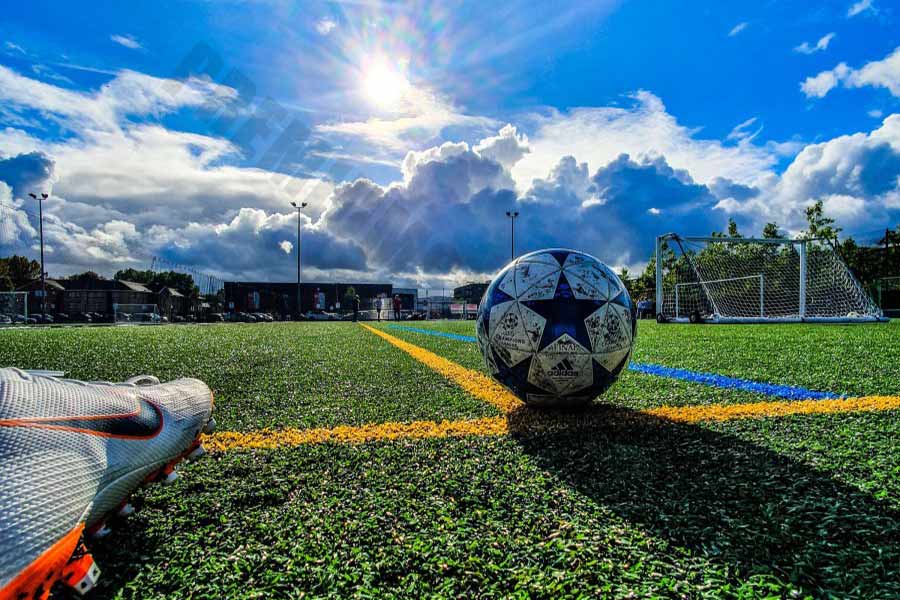Soccer player prime age: Peak performance explained
Football is a fun game and it can be difficult to predict when one player will peak and another will begin to decline. There is no exact science to determining when a player has peaked, is still improving or when they are in decline. Although if we follow the model of the FIFA video game franchise, anyone over the age of 30 is not only past their prime but seriously impaired. Of course, football does not work like that and for every evergreen player like James Milner, there are stars whose powers have waned too early, such as Michael Owen. Many factors need to be considered when determining how long a player’s career will last and when they will peak. This could be their position, the age at which they started playing adult football and how resilient their body is to the rigours of a career at the top of the sport. So how do we find out when soccer players are at their peak? Let’s discuss with Premiumsoccertips through the following article!

When do footballers reach their “peak”?
What defines one player’s peak may not necessarily be the same for another, so it’s hard to say. However, many footballers reach their peak in their mid-twenties as their bodies develop while their experience levels peak.
But don’t just take our word for it, the data backs this up as The Athletic found. When looking at Premier League minutes played by age, from 18-38, we found that the majority of minutes on the pitch were played between the ages of 22-31 across all positions.
From apprenticeships, to managers waiting until players are mature, footballers often make their big step up in the mid-to-late stages of their careers. Statistics from the postponed 2021 UEFA European Championship also show that international managers are more confident in selecting players in their mid-to-late 20s.
The lowest average age at the tournament was Turkey at 24.96, while the highest average age was Sweden at 29.17. Interestingly, the eventual winners, Italy, had an average age of 27.77, which is close to the overall average age of all players at the tournament of 28.81.
Many betting enthusiasts prefer using bookmaker apps for their convenience and ease of access to live odds and betting markets
Peak Age of Soccer Players (By position)
It is important to note that not all positions on the pitch are the same. Central midfielders typically have to run a lot but also need to challenge for the ball frequently, jump high to head the ball from goal kicks and either defend or assist in attack.

Goalkeepers, on the other hand, run much less but need to have strong reflexes, agility, good positioning and read the game well. Physical attributes vary and not just between goalkeepers and all outfield players. Each position requires different attributes of a player, both physically and mentally, and some positions are harder to learn or require more discipline, which often comes with experience.
Prime age goalkeepers
According to the minutes-per-age data, goalkeepers play the most minutes at 28. The peak range is 27 to 31, which may come as a surprise to many football fans who might believe that goalkeepers peak much later in their careers.
Perhaps our perceptions have been distorted by the likes of Buffon, Edwin van der Sar, Shay Given and David Seaman all playing into their 40s. While they may be closer to retirement age than they were in their teens, these goalkeepers have proven to be the exception to the rule.
Defender prime age
Defenders, especially centre-backs, have longer football careers than other outfield players. From our minutes-per-age data, we see that centre-backs peak at 27, while full-backs typically peak at 25.
Due to the different physical demands of full-backs and centre-backs, defenders generally peak between 24 and 31 years of age. Full-backs are more likely to peak early and begin to decline before they turn 30, while centre-backs tend to peak at 26 and decline after 31.

Unlike most outfield positions, as defenders lose their physical ability, they can still rely on their superior reading of the game, positioning and organisational skills to extend their careers and continue to enjoy lucrative salaries for a longer period of time.
Midfielders in their prime
Due to the physical demands of the role, central midfielders need a lot of energy and their peak age is 25, while wingers and CAMs peak a year later at 26. High energy and physical combativeness are essential for most midfield roles and the ideal age for midfielders is generally between 23 and 30.
Age of the Prime striker
The ultimate aim of football is to put the ball in the net and the players who specialise in this, strikers, need time to mature. Strikers peak at 27, and players enjoy the most time on the pitch between 24 and 29.
At what age do soccer players decline?
Time catches up with us all and a soccer player’s career is shorter than most. With the exception of goalkeepers, players are likely to decline and see less time on the pitch as they enter their 30s. Goalkeepers tend to last a little longer and their decline usually occurs after the age of 35.
Why do soccer players decline after 30?
Professional soccer is essentially a game for young athletes and although there are exceptions, players’ playing time will start to decline as they enter their 30s. Physically, they may slow down, injuries increase and their desire to play will also decrease.

While the motivation of high salaries is a reason for many players to continue playing, some have made money and want to spend more time with their families. As young players enter their prime, older players may struggle to keep up physically and are not called upon as often by coaches. However, as medical teams at professional clubs grow and we understand more about injuries and nutrition, players are staying at the top for longer.
At what age do football players stop playing?
The age at which players retire varies and depends on a number of factors including their physical health, stamina levels and whether they still enjoy the game.
Goalkeepers tend to play longer and maintain peak performance into their late 30s, but those in more physically demanding roles retire in their mid-30s. A player’s retirement can also depend on the individual’s career.
For example, Michael Owen played at his peak as a teenager and by his late 20s his body began to give up on him. On the other hand, some players are lucky enough to avoid serious injury and continue playing for longer – showing that luck plays a big part in how long a player’s career lasts.
Final words on “prime age”
In summary, the “soccer player prime age” usually falls between the ages of 22 and 31, when a player reaches a balance between fitness and experience. However, this peak age can vary depending on the playing position and the individual player’s ability to recover. However, maintaining high performance after the age of 30 is not uncommon, especially for goalkeepers and defenders. Factors such as injury, nutrition and personal motivation all affect career longevity, but overall, the “prime” age still plays an important role in determining a soccer player’s success.
See more: Is Cristiano Ronaldo retired from international football?








